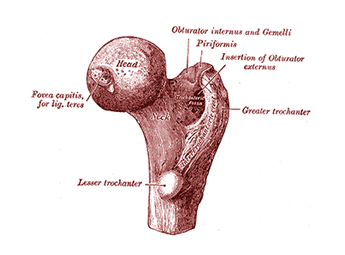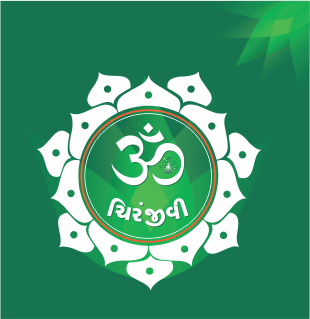Online Consultation
Refer a Friend
Location & Direction
Keep in Touch with Us
Friday to Sunday :By Appointment Only
Avascular Necrosis

Avascular necrosis (AVN) of the femoral head is a pathologic process that results from interruption of blood supply to the bone. AVN of the hip is poorly understood, but this process is the final common pathway of traumatic or non-traumatic factors that compromise the already precarious circulation of the femoral head. Femoral head ischemia results in the death of marrow and osteocytes and usually results in the collapse of the necrotic segment. During sports endeavours, hip dislocation or subluxation is the most frequently reported traumatic means of AVN. Most cases of AVN are atraumatic and include alcohol abuse, chemotherapy, coagulopathy, corticosteroids, chronic liver disease, haemoglobinopathies, smoking, pregnancy, gout, radiation, SLE, vasculitis, Idiopathic hyperlipidemia etc.
AVN may present with nonspecific signs and symptoms. Early in the disease process, the condition is painless; however, patients ultimately present with pain and limitation of motion. The pain is most commonly localized to the groin area, but it may also manifest in the same buttock, knee, or thigh region. Painful symptoms are usually exacerbated with weight bearing but are relieved by rest. Routine laboratory studies are of little value in the evaluation of femoral head AVN. Radiological evaluation includes plain radiographs, MRI, bone scanning, CT, biopsy, angiography and measuring bone marrow pressure are invasive measures of confirming the diagnosis of AVN, but these procedures are most useful as investigational modalities.
Essentially, non-operative treatment for symptomatic AVN of the hip yields unfavourable results. Restricted patient weight bearing with the use of a cane or crutches has not been shown to affect the natural history of the disease and is useful only in controlling symptoms. Physical therapy provides only symptomatic control and also does little to alter disease progression.
But in Ayurveda the medicine of life provides immense relief of disease, its progression and cure. It includes internal therapeutics with external therapies such as various dharas like kashaya, thaila, dhanyamla, matravasthi, pizhichil, njavara, pancha karmas, manjal kizhi, etc .These all varies accordingly to each and every one’s nature, age and condition of the disease .

